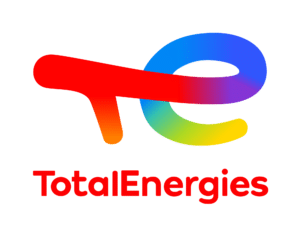"We are increasingly exposed to droughts, with episodes of wind and frost causing major damage to our crops. [...] Thanks to the photovoltaic panels, the crops are better protected, with more shade, less wind... In short, the coexistence of these two activities allows us to have a more sustainable agricultural system." Jean-Philippe Delacre, farmer
The agrivoltaic demonstrator at Channay (Côte d'Or) was inaugurated in October 2021. Designed and developed by teams from TotalEnergies and Agrosolutions (an InVivo subsidiary), this project illustrates the desire to drive a dual transition in agriculture and energy. It was set up to innovate, in the agricultural sector, by experimenting with new cultivation techniques that will benefit from services rendered by a system of innovative vertical panels.
To provide support in the process and in the choice of crops to be planted, the farmers' collective and TotalEnergies joined forces with specialists to set up a working group comprising the Côte d'Or Chamber of Agriculture, the local Dijon Céréales cooperative, the Agrosolutions agronomic consultancy and the AgrOnov agro-ecology innovation cluster.






Crops: field crops (wheat, barley, lentils, alfalfa)
Crop management: organic
Technology: vertical bifacial
Power: 237 kWp
Surface area: 0.82 hectares
Design: 616 panels, 14 rows of panels 12 metres apart
Control area: no panels next to each row
In service since: 2021

This Next2Sun technology makes it possible to maintain agricultural activity while generating renewable electricity from the sun's radiative energy. As a result, these vertically-mounted bifacial panels capture solar energy on both sides, while taking up very little ground (from 1% to 5%, compared with 50% traditionally).
The innovative nature of this technology also stems from the hourly production profile, as the layout of the panels allows for two production peaks: one in the morning and one in the evening.
You can find usat
Domaine du Petit Arbois
Avenue Louis Philbert 13100
Aix-en-Provence
contact@ombrea.fr
+33 7 57 08 14 34